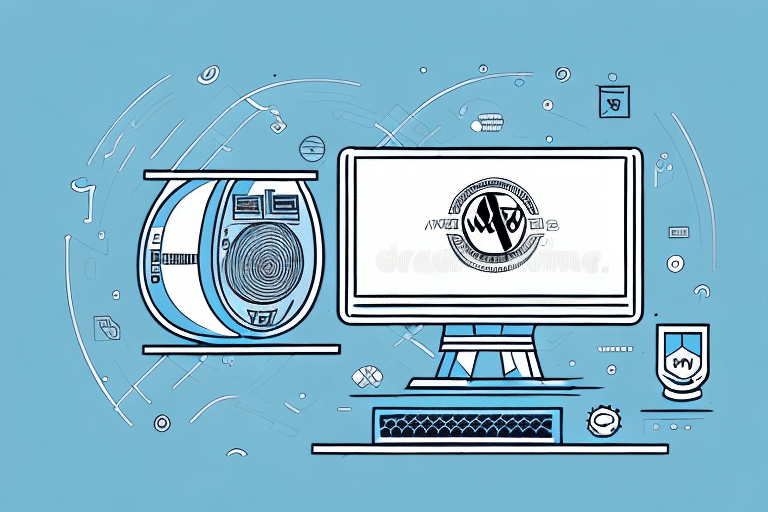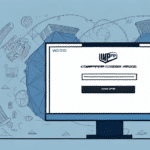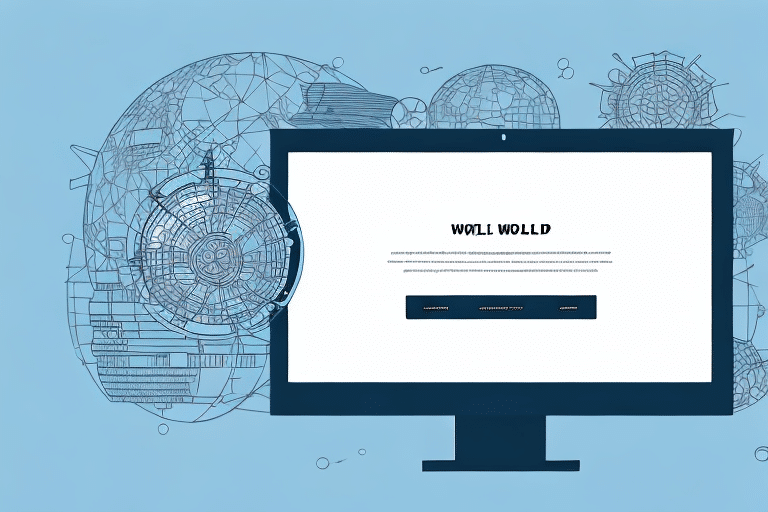Will UPS WorldShip Stop Working on Windows 7?
With the end-of-life status of Windows 7, many businesses are concerned about the impact on essential software systems, such as UPS WorldShip. Despite newer operating systems being available, numerous businesses have hesitated to transition from Windows 7 due to reasons like software compatibility issues and the costs associated with upgrading. This article delves into how the end-of-life status of Windows 7 affects the use of UPS WorldShip, explores the reasons why businesses persist in using Windows 7, and outlines the options available for those still on the older operating system.
Why Businesses Still Use Windows 7 Despite Its End-of-Life Status
One primary reason businesses continue to use Windows 7 is the stability and reliability the OS offers. Companies have significant investments in systems and software tailored for Windows 7, making the prospect of change daunting due to potential compatibility challenges, upgrade costs, or the necessity for employee retraining.
Additionally, if current systems are functioning effectively without major security breaches or performance issues, the urgency to upgrade diminishes. However, using outdated technology like Windows 7 poses significant security and operational risks that businesses must consider.
Small businesses, in particular, may lack the resources or budget to transition to newer operating systems. Upgrading involves not just purchasing software licenses but also addressing hardware compatibility, which can be financially taxing.
Impact of End-of-Life Status on the Use of UPS WorldShip
UPS WorldShip is an essential shipping software that enables businesses to manage shipments, print labels, and track packages efficiently. With Windows 7 reaching end-of-life, UPS has discontinued support for WorldShip on this operating system. This means businesses continuing to use Windows 7 risk losing official support, leading to potential disruptions in shipping operations.
Continuing to use Windows 7 may result in UPS WorldShip becoming inoperable, causing delays in shipments, dissatisfied customers, and ultimately, revenue loss. To avoid such disruptions, businesses should consider upgrading to a supported operating system like Windows 10 or 11, ensuring continued functionality and support of UPS WorldShip.
Furthermore, businesses should evaluate alternative shipping software solutions compatible with their current or planned operating systems to maintain flexibility and minimize dependency on a single platform.
Understanding the Compatibility Issues Between UPS WorldShip and Windows 7
The compatibility between UPS WorldShip and Windows 7 is intrinsically linked to the operating system’s end-of-life status. As UPS WorldShip evolves to leverage features and security enhancements in newer Windows versions, maintaining functionality on Windows 7 becomes increasingly problematic.
- Potential software crashes or reduced performance
- Increased vulnerability to security threats due to outdated OS
- Incompatibility with new shipping protocols or features introduced in WorldShip
Businesses may explore virtualization solutions, allowing them to run WorldShip on a virtual machine with a supported OS, thereby mitigating immediate compatibility issues while planning for a full upgrade.
Additionally, reaching out to UPS technical support can provide guidance and support for transitioning to supported environments, ensuring that shipping operations remain uninterrupted.
Options for Businesses Still Using Windows 7 with UPS WorldShip
Businesses still operating on Windows 7 have several pathways to maintain the functionality of UPS WorldShip:
- Upgrade to a Supported Operating System: Transitioning to Windows 10 or 11 ensures continued support and compatibility with UPS WorldShip, along with enhanced security features.
- Utilize Virtualization Software: Implementing virtualization allows businesses to run WorldShip within a supported virtual environment on the existing hardware.
- Invest in New Hardware: Procuring new computers with pre-installed, modern operating systems can streamline the transition and reduce compatibility issues.
- Explore Alternative Shipping Software: Investigating other shipping software options that still support Windows 7 can provide interim solutions, though this may involve additional training and system adjustments.
Each option carries its own set of considerations regarding cost, time, and resource allocation, necessitating a careful evaluation aligned with business priorities and capacities.
The Importance of Upgrading to a Newer Operating System for Business Continuity
Upgrading to a modern operating system is pivotal for maintaining business continuity. Newer systems like Windows 10 or 11 offer improved security, performance, and support, ensuring that critical software applications like UPS WorldShip operate seamlessly.
Moreover, modern operating systems are equipped with features that enhance productivity and integrate better with new technologies, facilitating a more efficient and secure operational environment.
Long-term, upgrading can lead to cost savings by reducing the need for constant maintenance and mitigates the risks associated with security vulnerabilities present in outdated systems.
Risks Associated with Continuing to Use Outdated Technology
Persisting with outdated technology such as Windows 7 exposes businesses to several risks:
- Security Vulnerabilities: Lack of security updates makes systems susceptible to malware and cyber-attacks.
- Software Incompatibility: Newer software updates may not support older operating systems, leading to operational inefficiencies.
- Compliance Issues: Outdated systems may fail to meet current industry standards and regulatory requirements.
- Increased Maintenance Costs: Older systems often require more frequent repairs and specialized support, driving up operational costs.
Addressing these risks through timely upgrades is essential to safeguarding business operations and data integrity.
How Upgrading Can Improve Overall Performance and Security
Transitioning to newer operating systems significantly enhances both performance and security. Modern systems are optimized for efficiency, offering faster processing speeds, improved stability, and better resource management.
From a security standpoint, up-to-date operating systems receive regular patches and updates that protect against emerging threats, ensuring that business data remains secure against cyber-attacks.
Moreover, compatibility with the latest software versions ensures that businesses can leverage new features and integrations, driving innovation and competitive advantage.
Tips for Choosing the Right Operating System for Your Business Needs
Selecting an appropriate operating system involves evaluating several factors:
- Compatibility: Ensure that the OS supports all critical business applications and software.
- Security Features: Opt for systems with robust security measures to protect against threats.
- Scalability: Choose an OS that can scale with business growth and adapt to evolving needs.
- Support and Updates: Consider the availability of ongoing support and regular updates from the OS provider.
- Cost: Evaluate the total cost of ownership, including licensing, hardware upgrades, and training.
Consulting with IT professionals can provide valuable insights to make an informed decision that aligns with business objectives and resources.
The Cost Implications of Upgrading Versus Not Upgrading
While upgrading to a new operating system involves upfront costs, the long-term savings and risk mitigation it offers can outweigh these initial investments. Benefits include:
- Reduced costs related to security breaches and data loss
- Lower maintenance expenses due to improved system stability
- Increased productivity from enhanced system performance
Conversely, not upgrading can lead to higher operational costs, legal liabilities from non-compliance, and potential revenue losses due to operational disruptions.
Best Practices for Ensuring a Smooth Transition to a New Operating System and Software Integration
To facilitate a seamless upgrade process, businesses should adhere to the following best practices:
- Comprehensive Planning: Develop a detailed upgrade plan outlining objectives, timelines, and resource allocation.
- Data Backup: Ensure that all critical data is securely backed up prior to initiating the upgrade.
- Compatibility Testing: Test the new operating system with existing software to identify and address potential issues.
- Employee Training: Provide training sessions to familiarize staff with the new system, minimizing productivity loss.
- Incremental Implementation: Roll out the upgrade in stages to manage changes effectively and mitigate risks.
Implementing these practices can significantly reduce the challenges associated with operating system transitions and ensure that software like UPS WorldShip continues to function optimally.
In conclusion, businesses must proactively address the end-of-life status of Windows 7 by upgrading their operating systems to maintain operational efficiency, security, and customer satisfaction. Investing in the right technology infrastructure is essential for sustained business success in a rapidly evolving digital landscape.






















